A Place Where the Past Keeps Changing
There's a building along International Drive that never seems to tell the same story twice.
Long before Dezerland Park Orlando started pulling families in for go-karts and classic cars, the same address meant different things to different people: a shopping trip, a movie, maybe a hunt for sneakers or surfboards.
So many plans have come and gone at 5250 International Drive, but the walls themselves have kept a few secrets. That's what keeps this place on the radar for anyone searching out things to do in Orlando, Florida.
Festival Bay Mall: The Grand Opening Pitch and Retail Reality (1998-2013)
The story begins in 1998, when Belz Enterprises went public with a pitch for Festival Bay Mall, a 1.1-million-square-foot project set to rise alongside Factory Outlet World and Designer Outlet Center.
Belz wanted the future to look a little different for Orlando retail, trading standard anchors for big specialty names.
Bass Pro Shops agreed to anchor with a 162,000-square-foot store - their first in Central Florida - while Cinemark USA signed on for a 20-screen movie theater.
Ron Jon Surf Shop and Vans rolled out plans for big footprints, too, with Vans announcing an indoor skatepark and Ron Jon settling later for a smaller, 20,000-square-foot store.
Excitement came with those announcements, but delays did too.
Cinemark opened in December 1999, and Bass Pro Shops arrived in May 2000.
Actual construction on the full mall, though, didn't get moving until June 2001 after setbacks over permits and recession worries.
Festival Bay Mall officially welcomed shoppers on April 3, 2003, though not all stores were ready for opening day.
One year later, Belz reported 80 percent occupancy, but that number masked some rough patches.
Proposals like the Factory Funhouse and Festival Boardwalk fell through, leaving a key anchor plot undeveloped, and the ambitious Ron Jon Surf Park idea was eventually shelved in 2008 due to soaring costs.
By late 2005, the novelty faded.
Competition from The Mall at Millenia and Orlando Premium Outlets, along with limited visibility from Interstate 4 and slumping tourism, drained momentum.
General Growth Properties stepped in to manage daily operations and to try steering Festival Bay toward local shoppers.
Closures followed - Steve & Barry's shut in 2009, and the once-busy Vans Skatepark closed in January 2012 when the company decided against renewing its lease.
The vision that launched Festival Bay ended up clashing with market reality, and the project's early ambitions gave way to vacancies and plans waiting for another restart.
Artisanal Overhaul: Artegon Marketplace's Attempt at Reinvention (2014-2017)
After Festival Bay Mall's momentum stalled, the next owner took a swing.
Paragon Outlet Partners landed the property in 2010 for $25 million and pitched an open-air center, but that vision dissolved long before demolition crews rolled in.
Instead, by late 2014, Orlando saw the rise of Artegon Marketplace, a $70 million makeover trading tired mall tropes for corrugated metal, concrete floors, and the thrum of local vendors setting up shop in stalls the size of walk-in closets.
When Artegon launched on November 20, 2014, out went the mall's indoor lake and colorful mosaics.
In came a grid of 165 tiny spaces, each rented to a different craftsperson, artist, or food entrepreneur.
Big anchors like Bass Pro Shops and Cinemark stuck around, but the focus shifted.
Gods & Monsters, a sprawling comic shop and bar, opened its doors in 2015, drawing fans to its 20,000-square-foot maze of comics and collectibles.
Toby Keith's I Love This Bar & Grill fired up the neon but fizzled out within seven months, hobbled by its operator's financial mess.
In late 2015, Lightstone, the parent company, took direct control.
Food hall plans stretched across 25,000 square feet, and the original stalls gave way to larger spaces where vendors could make their mark.
Land under Bass Pro Shops and Cinemark changed hands for $30 million, signaling another pivot.
By mid-2016, buzz from a planned Interstate 4 bridge stirred rumors about a possible theme park.
Then, almost overnight, Artegon's experiment shut down.
On January 18, 2017, vendors got two weeks to clear out.
Lawsuits landed. Some drifted to Altamonte Mall, but the larger vision evaporated, leaving nothing but echoes in a building built on reinvention.
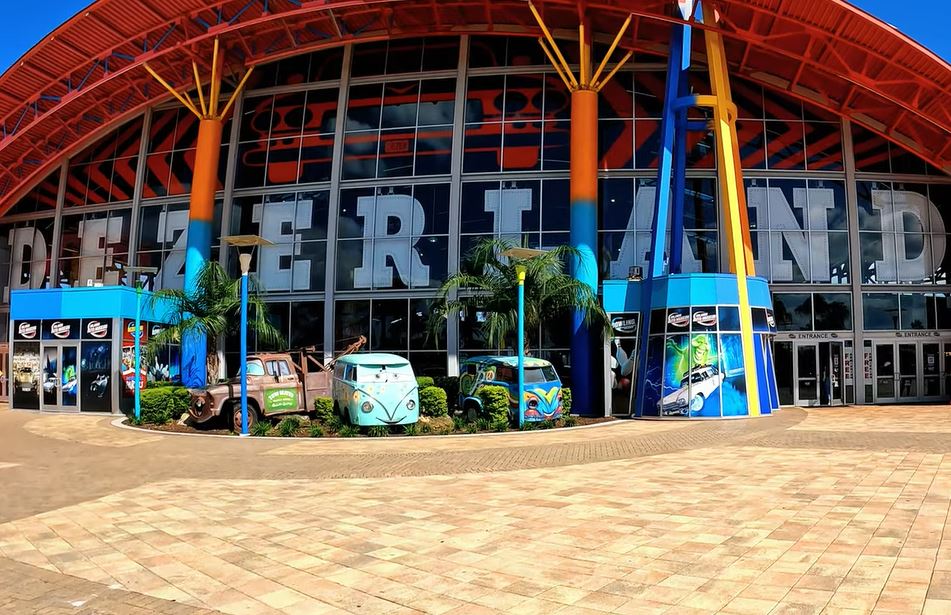
Acquisition and Redevelopment: Dezerland Park's Real Estate Play (2018-2020)
Dezer Development stepped in during January 2018 and changed the story yet again, snapping up the 104-acre property for $23.7 million.
No one was talking about fashion retail anymore.
Instead, Michael Dezer's team moved fast, clearing space for a future that revolved around motion, memorabilia, and indoor amusements.
The old retail logic was swept aside.
In its place: cars, karting, and a warren of attractions that pulled the space's energy in a whole new direction.
Walls that once separated empty storefronts fell, making room for classic automobiles from the Miami Auto Museum.
Movie cars and rare collectibles arrived next, staged behind glass to turn the mall into something more like an exhibition hall than a shopping corridor.
The plan was clear: let people walk straight from a bowling lane to a bumper car or a laser tag arena, then loop back for another round of go-karts, all under one roof.
Renovation crews worked through 2019 and into 2020, gutting old shops, stripping out the last traces of Artegon, and pasting up new branding that signaled a different Orlando landmark on the horizon.
Cinemark kept screening films, Bass Pro Shops kept outfitting locals and tourists alike.
Yet most of the space was gearing up for Dezerland Park Orlando's official return, a place rebuilt for people who wanted rain-or-shine action, movie nostalgia, and the kind of indoor energy that never depended on the weather outside.
Dezerland Park Orlando: Attractions, Layout, and the Shift to Action-Based Leasing (2021-Present)
When Dezerland Park Orlando reopened in 2021, the building flipped from mall to motion.
The Orlando Auto Museum took the prime interior slot, stretching across multiple halls with studio vehicles, 20th-century classics, motorcycles, and branded memorabilia once housed in North Miami.
Every room turns into a walk-through timeline.
Florida's largest indoor go-kart track runs through the complex with tight turns, long straights, and tiered layouts built for speed and constant flow.
Trampoline space takes over another block: 25,000 square feet, all padded, all wired for group play, dodgeball cages, wall jumps, foam-drop pits.
These aren't side exhibits. Each one runs like a venue.
Elsewhere, bowling lanes roll with lane-side food menus and reservation screens overhead.
Bumper cars and laser tag take over darkened wings with self-contained entry zones, LED flooring, and soundtracked scoring.
The arcade drops old-school pinball next to redemption cabinets and prize walls, bright, loud, built to pull people in on impulse.
The whole site carries 65 tenant bays and six filled anchor slots, with a seventh pad marked but still waiting.
Inside the Circuit: Movement, Flow, and Real-Time Layout
Dezerland Park doesn't sprawl, it loops. Once inside, the floor pulls you forward. You don't get stuck behind glass cases or tucked-away corners.
Everything faces the walkway. You move from karting into arcades, from arcades into trampolines, and from there to the museum without blocked paths.
No storefronts. No filler zones. Every turn leads into a space with noise, color, and motion.
The Auto Museum sits quietly by comparison. No pumping music.
Just rows of cars, studio builds, vintage imports, early motorcycles, each framed by polished rails and placards.
It feels separate by design. Visitors slow down there before the circuit speeds back up.
Karting takes over with staggered queues and scoreboard monitors looping names and lap times.
Staff move groups through briefings, helmets, and track calls on rotation.
Party rooms anchor the back wall, private access, direct links to one or two attractions, and no street noise.
Vending and snack stations cover the high-traffic corners.
Outside, parking stretches across the perimeter in flat lots.
Guests don't trickle in, they arrive in bursts, off buses, trolleys, vans. The floor stays in motion all day.
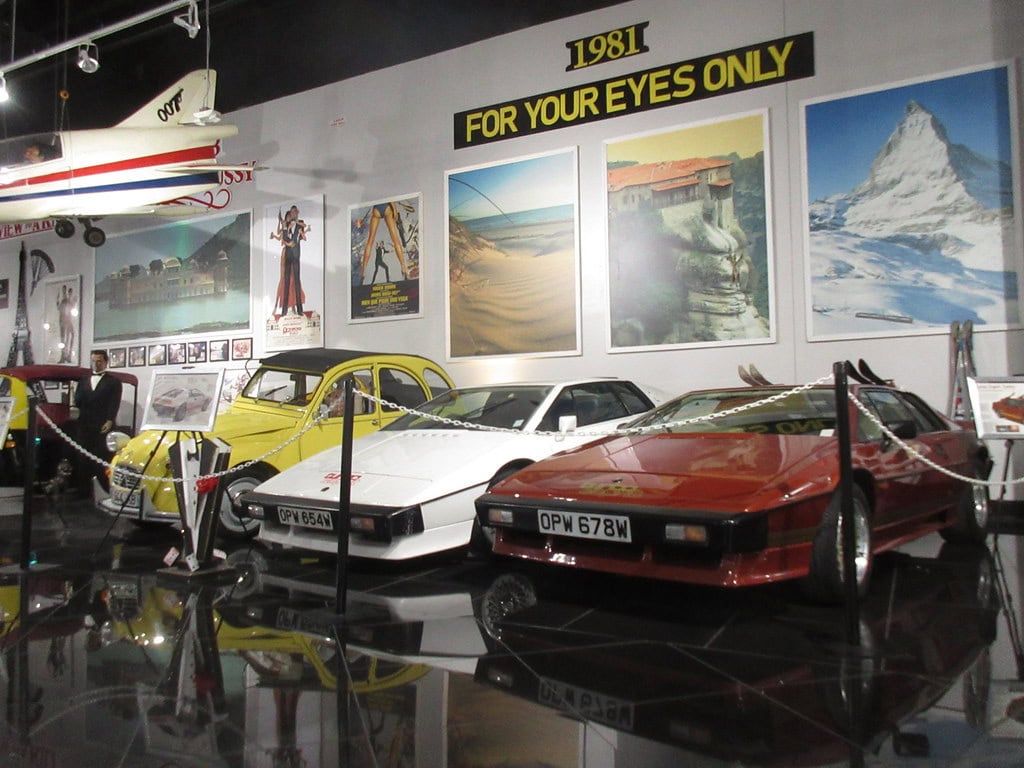
🍀

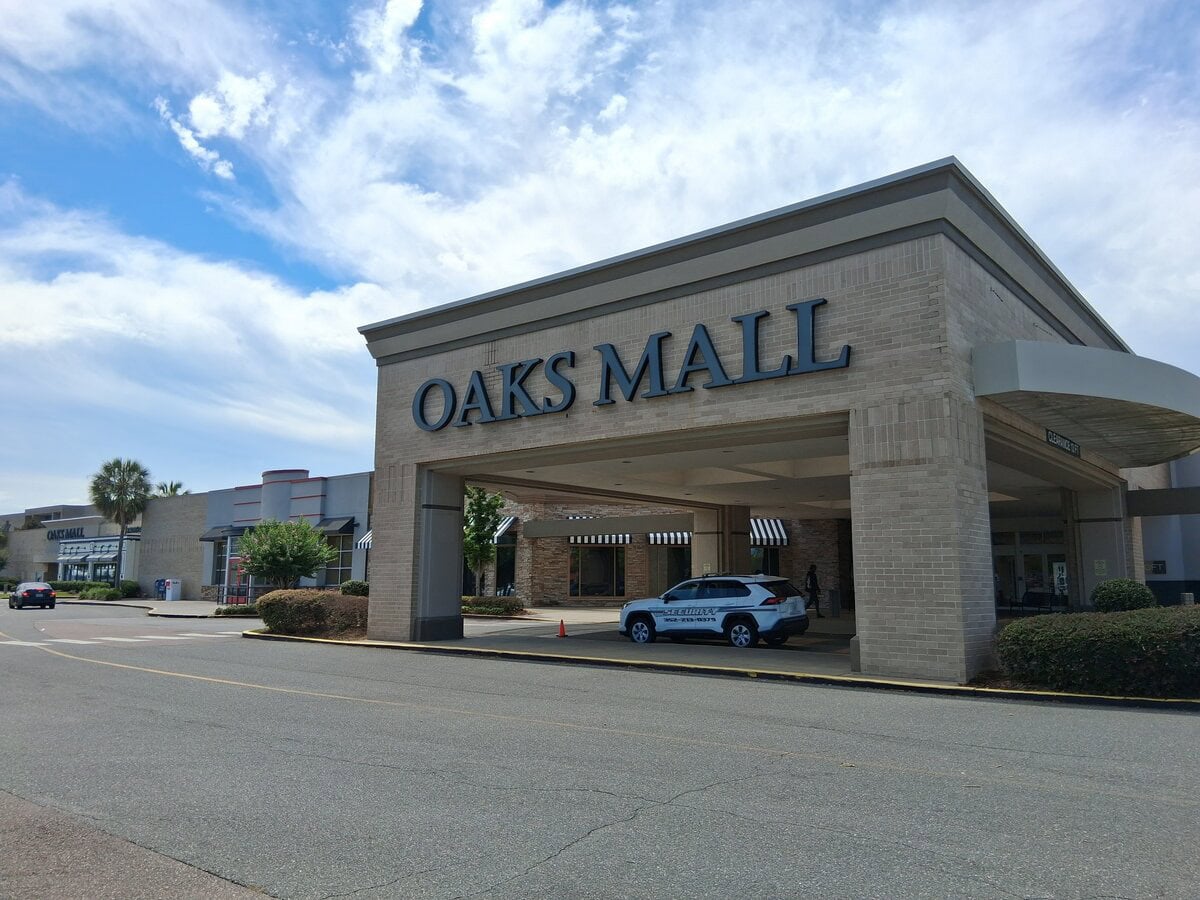
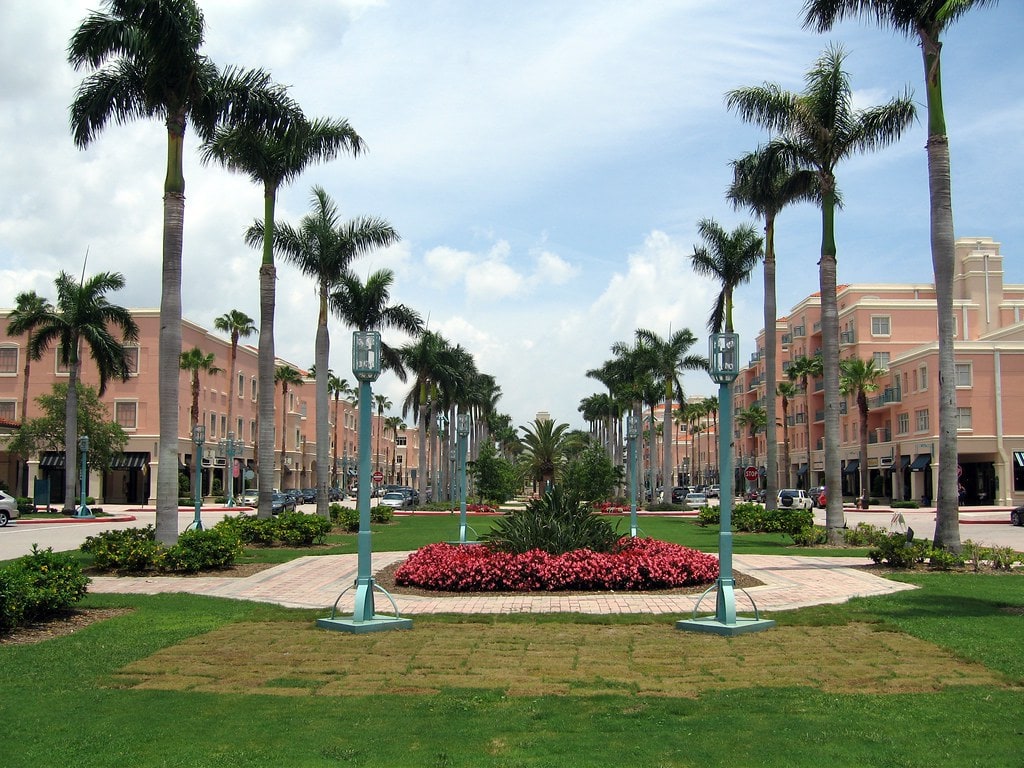
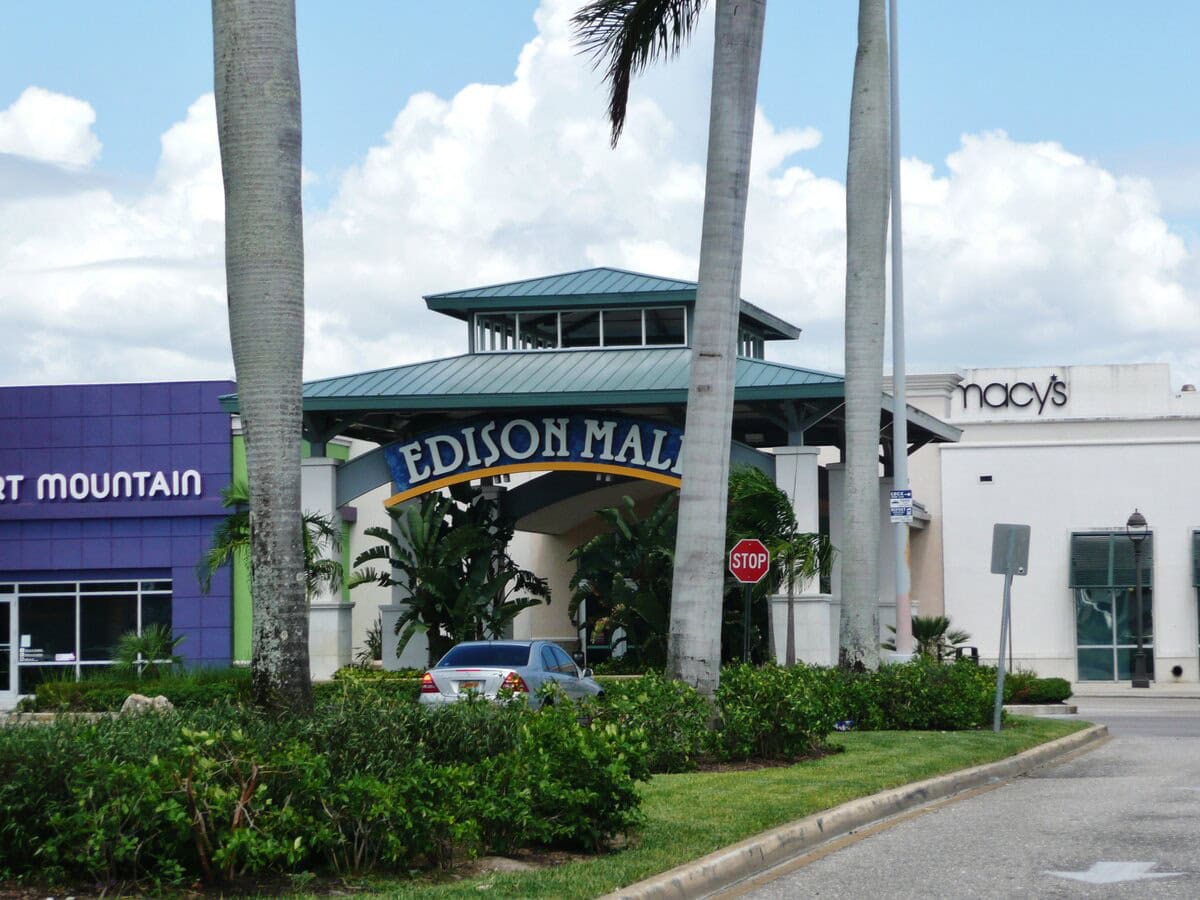
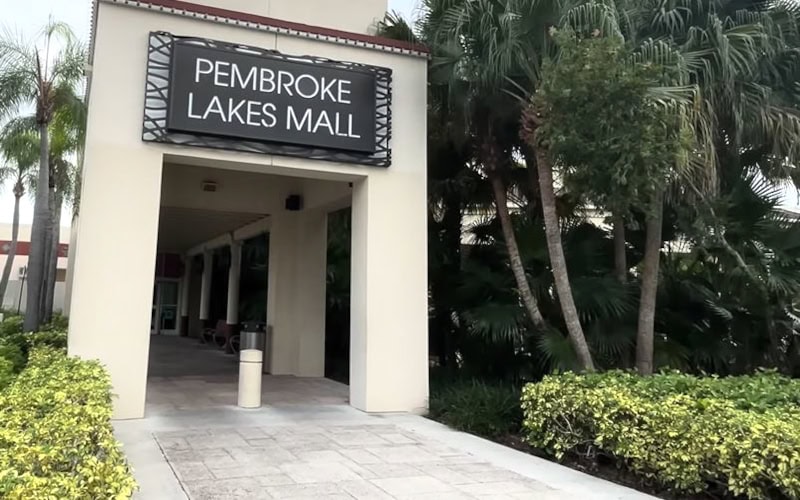

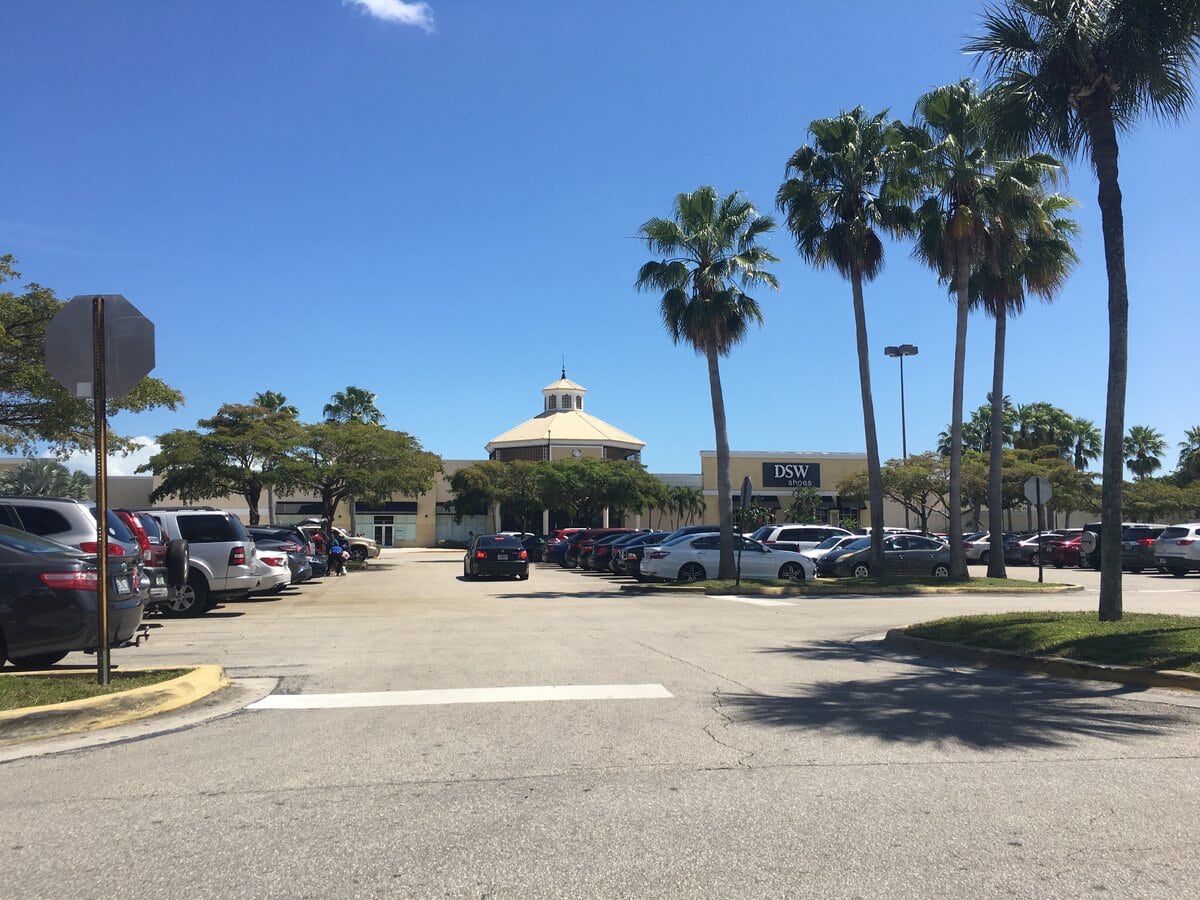
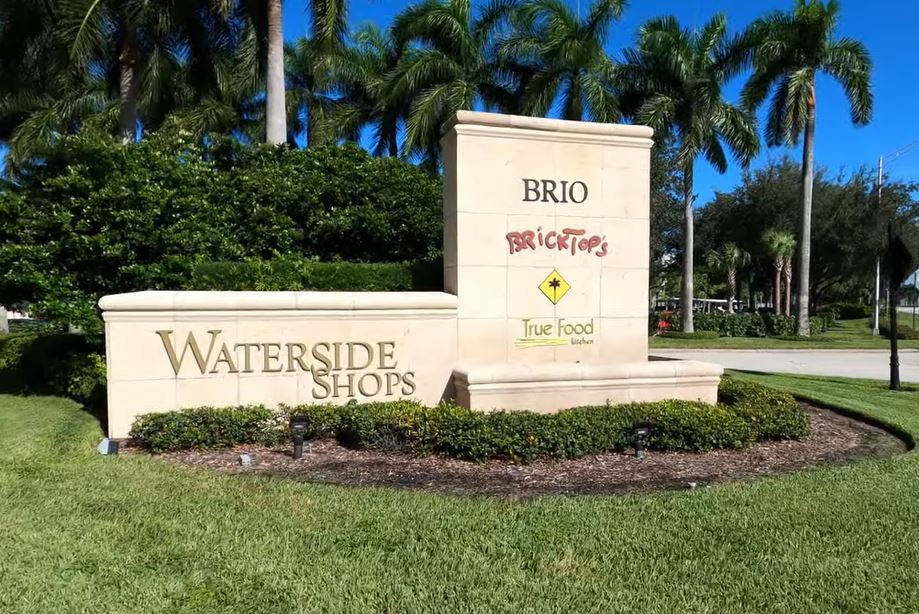
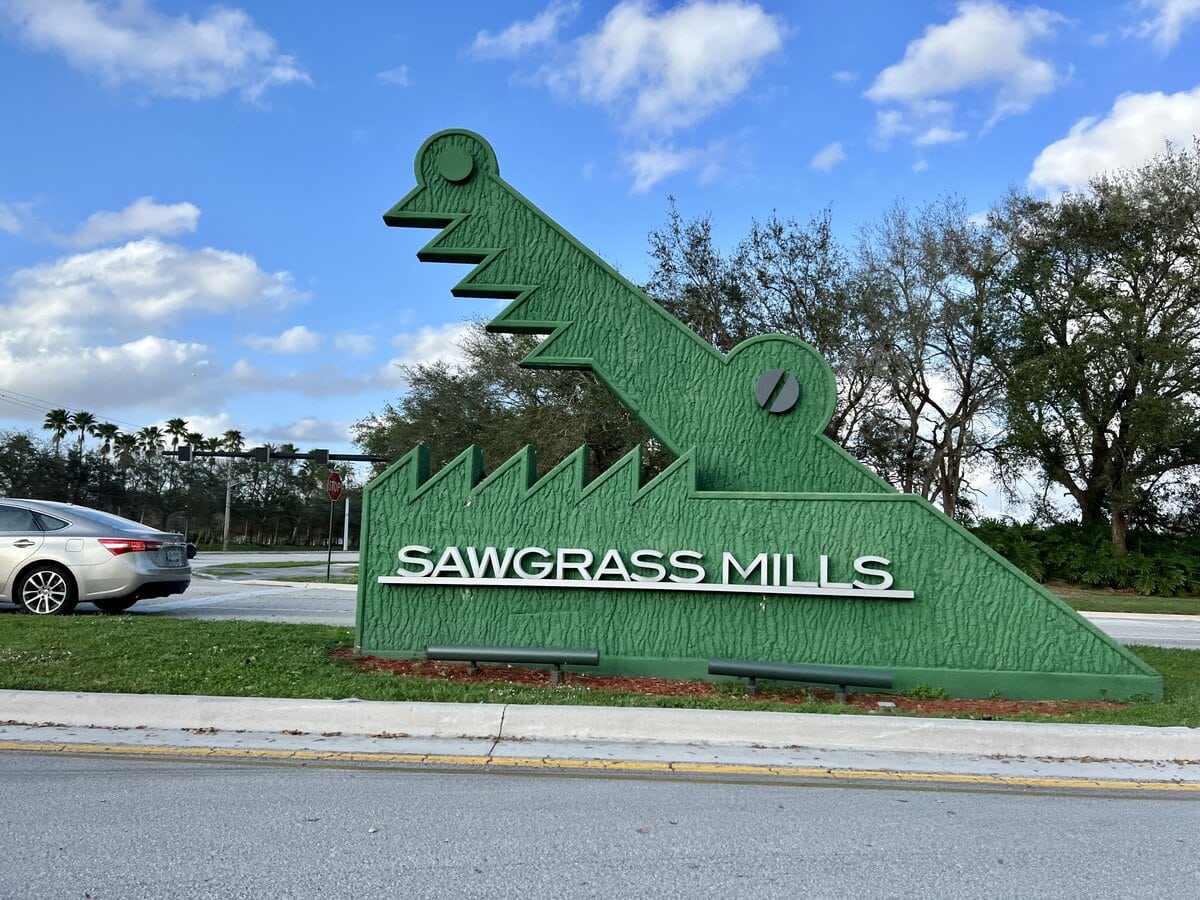
I went to a birthday party there last year.it is too expensive for regular people,I guess the tourists will be the only ones going in the future
Your comment brings up an old tension in Florida venues: build for locals or build for tourists? Few manage to do both well over the long run.